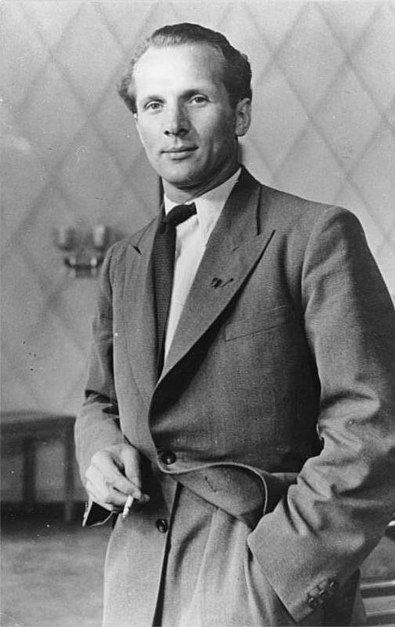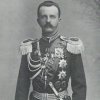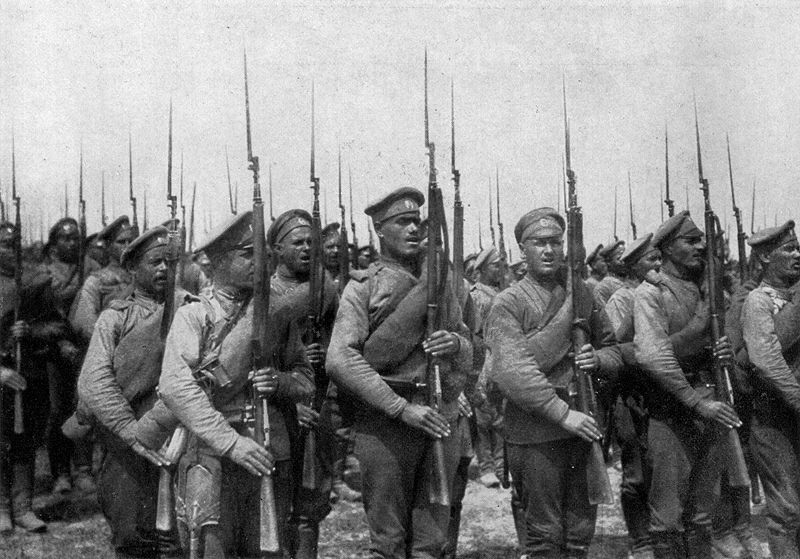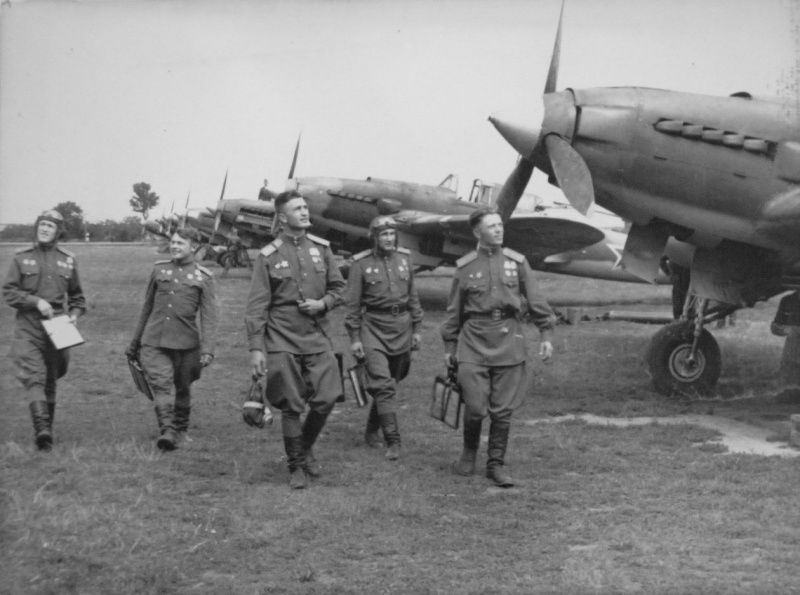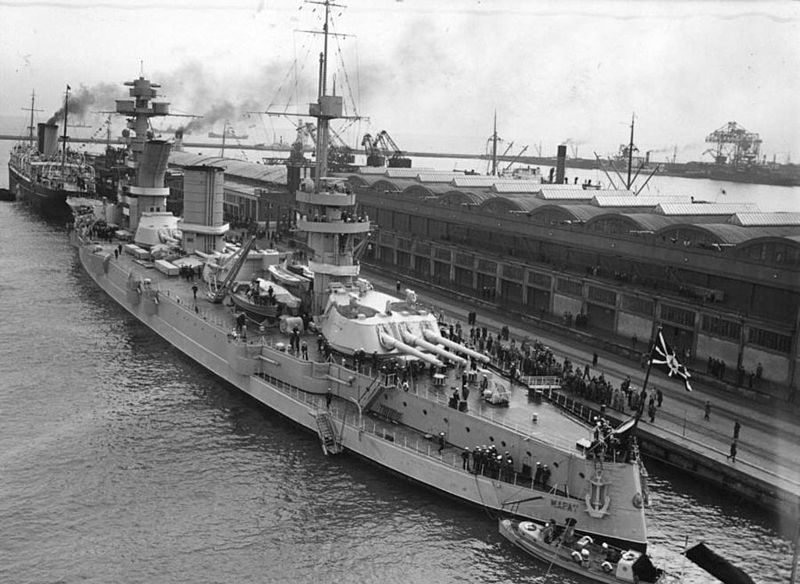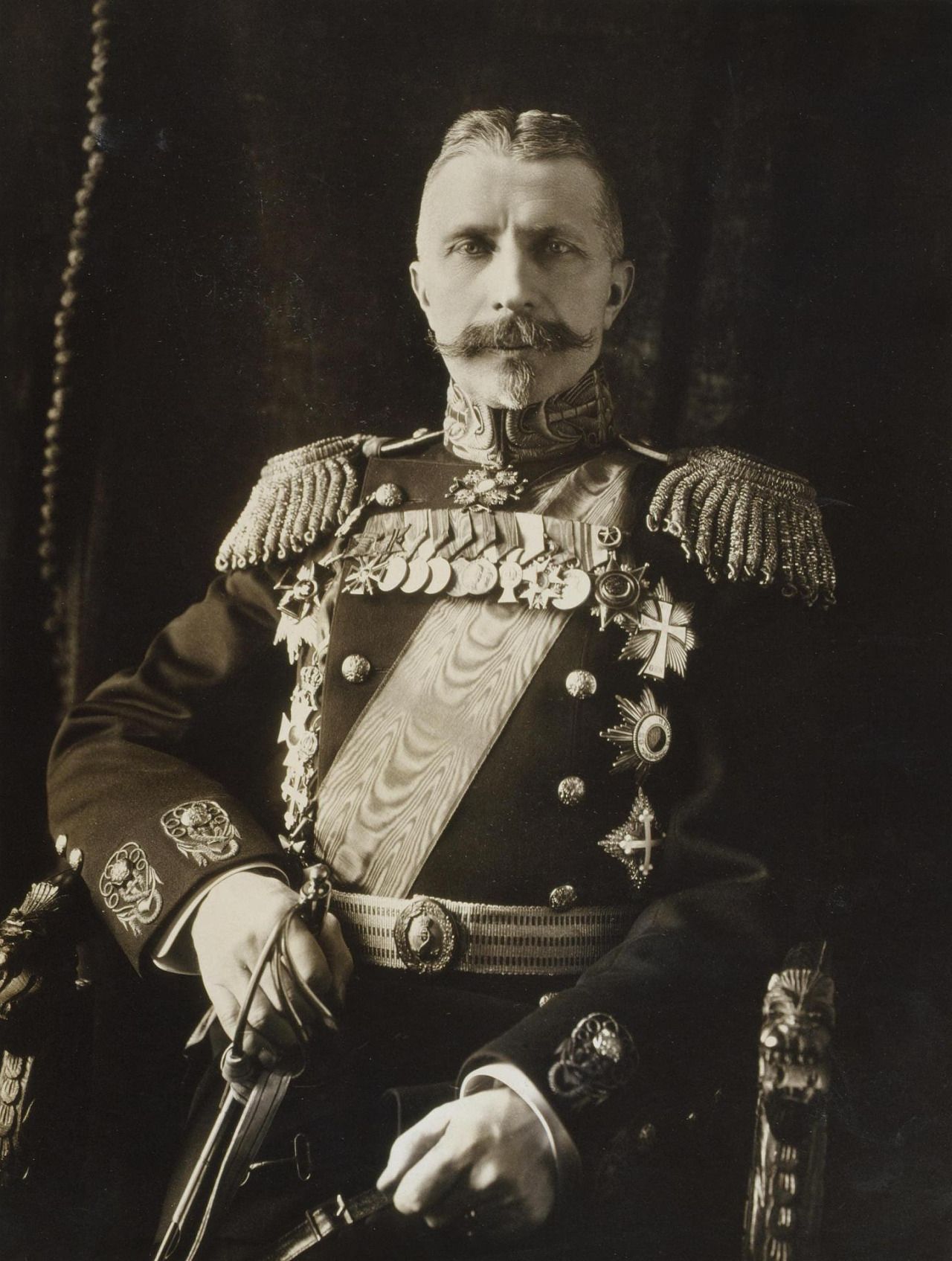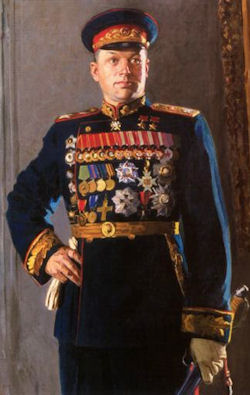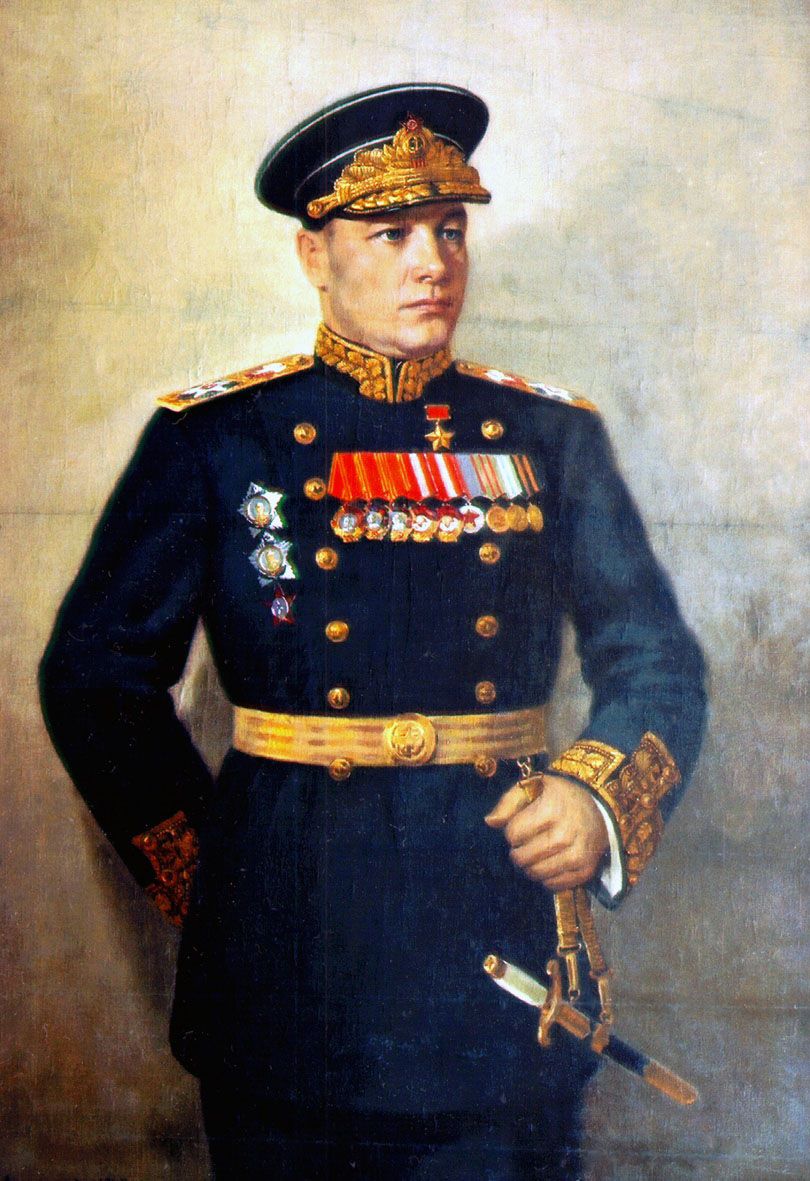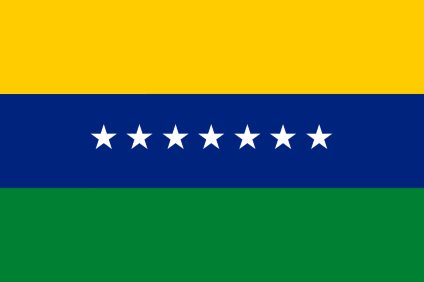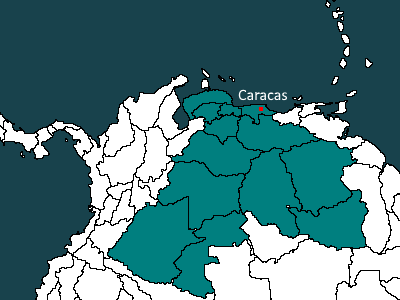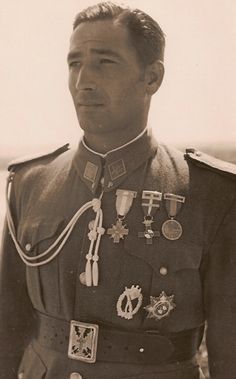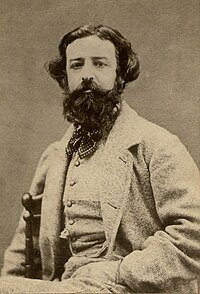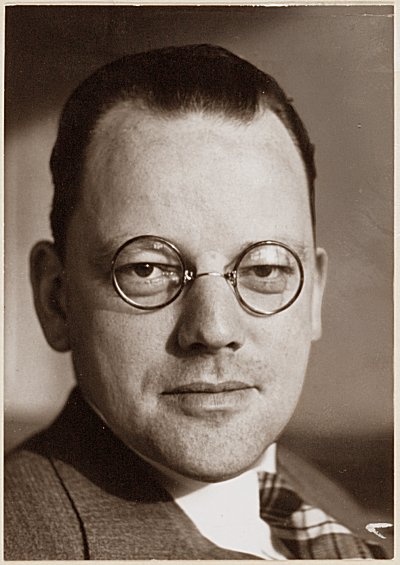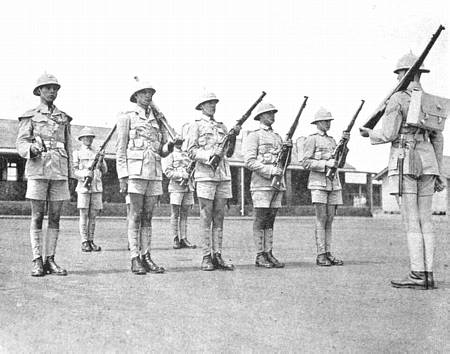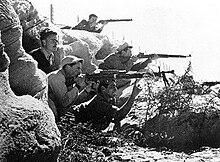BLK
ɪᴍᴘᴀᴄᴛ!
Ende Des Alten
Nation Sheets
Note: If you want to add any information, please do so where you feel appropriate.
General
Population: How many people live in your nation
Official Name: How does your country's name show up in treaties and documents?
Informal Name: What do people call your country is casual conversation?
Government: Form and Description
Currency: What type of money do you use? When was it implemented?
Territory: A snapshot of the territory you control
History: Since 1921, explain your history, including military expansion, and development.
Military
Provide a description of your army. The more detail the better.
Traits
Strengths: Three at the minimum. Provide a (Catchy) name, and an extended explanation of what that strength entails and why it is unique to your nation.
Weaknesses: Three at the minimum. Provide a (Catchy) name, and an extended explanation of what that weakness entails and why it is unique to your nation.
Leaders and Key Figures
Name: Include titles if you want
Age: How old they are
Significance: Why they are a key figure
Population: How many people live in your nation
Official Name: How does your country's name show up in treaties and documents?
Informal Name: What do people call your country is casual conversation?
Government: Form and Description
Currency: What type of money do you use? When was it implemented?
Territory: A snapshot of the territory you control
History: Since 1921, explain your history, including military expansion, and development.
Military
Provide a description of your army. The more detail the better.
Traits
Strengths: Three at the minimum. Provide a (Catchy) name, and an extended explanation of what that strength entails and why it is unique to your nation.
Weaknesses: Three at the minimum. Provide a (Catchy) name, and an extended explanation of what that weakness entails and why it is unique to your nation.
Leaders and Key Figures
Name: Include titles if you want
Age: How old they are
Significance: Why they are a key figure
Flag:

Population: 20,139,000
Official Name: The Kingdom of the East Indies
Informal Name: The East Indies, or Indonesia
Government: Crown Despot
Currency: Dutch Batav, Adopted in 1931
Territory:

History: With the collapse of the Dutch colonial system, and a near blackout of information form their masters, the Dutch East Indies were faced with a predicament. During the great war, they served merely as a series of military bases, with little consideration for their people or the colony's needs. Did the Governor-General truly want to hold out and wait for some sort of signal? Well, as a matter of fact Governor-General Stirum did just that. Although he took steps to ensure the colony would remain operation, he centralized the new rule in Jakarta. With the government's control barely extending halfway through Java, lawlessness reigned in the other colonial areas. However, a short three months after the last Dutch communication, Limburg would resign, making way for De Jonge, a confident man with a clear vision for Indonesia. De Jonge would lead a series of expeditions which would bring the colony to control all of Sumatra and Java. He would centralize the government around the colonial governor's seat in Jakarta. His 22 year rule would see the colonies begin to get back on their feet, and a sense of hope almost seemed to be found in the nation. It would only be under Van Mook that the nation would truly begin to prosper, and the non-white native population would begin to get a piece of the pie.
The Royal Netherlands East Indies Army (KNIL) - 113,200 Soldiers
The KNIL is comprised of four main branches, the Royal Army, the Royal Marine Force, the Royal Expeditionary Force, and the Royal Air Force. The Royal Army control 43,000 soldiers, who work primarily as defensive forces and garrisons. The Marines specialize in amphibious invasion and coastal defense. Controlling a number of coastal defense craft, the Marines double as the Indonesian Coast Guard, when needed. Totaling 31,100. The Expeditionary forces specialize in quelling resistance, and with 25,100 soldiers, they are often deployed to multiple islands at once. With 14,000 soldiers and 31 aircraft, the Air Force is a relatively small portion of the KNIL. Hosting 12 Fokker D.23 Bombers, 17 Fokker D.21, and four Fokker G.1.
The Royal Netherlands East Indies Navy (KMNI) 83,750 Soldiers
With the recent commitment to the East Indies Navy, recruitment has increased recently, bringing the numbers as high as they are presently. Hosting a number of former Dutch ships, and a new series of two new Cruisers, the navy functions as the primary expenditure of the colonial government as of late. The total ship numbers are:
3 Konigin Regentes Class (Dutch Legacy ships, Light Cruisers)
2 Oost Kolonie Class (Laid down in 1944, Heavy Cruisers)
6 Prins Jean Class (Laid down in 1947, Destroyers)
2 Joséphine Class (Dutch Legacy Ships, Submarines)
19 Wilhelmina Class (Assault Craft)
Strengths:
Dutch Heritage: The Legacy of the Kingdom of the Netherlands is alive and well in their faithful colony, the Kingdom of the East Indies! The kingdom had taken up their mantel, and the government has dedicated itself to the continued restoration of the Dutch government. Although a far off goal, a longing for the fatherland drives all true Dutchmen!
Naval Initiative: Under Governor Van Mook, a great shipbuilding initiative has been undertaken. If the Kingdom is to protect itself, they must have a fleet to secure their borders! The Jakarta Docks Complex Limited company has been contracted by the government to continue to pump out warships at a considerable pace. May the East Indies control the seas, wherever they may be!
KNIL Liberalization: The Royal Netherlands East Indies Army has begun to recruit fairly and equally among the Indonesian population. The long overdue appointment of native officers finally took place in 1941, and since then, the KNIL has only continued to grow through the government's regular reviews of progress, and Seven Month Plans to help equalize the army.
Weaknesses:
Colonial Government: The Kingdom longs for the fatherland, and as such, the shackles of their past cannot be shaken. Dutifully the government waits, hoping for a sign. With a relatively narrow mindset, very few in the government dare think beyond that objective. Some even see the colony as a means to return to the fatherland, and believe that the native population does not deserve any treatment less than enslavement.
Legacy of Colonialism: The painful truth of the East Indies that the government tries admantly to cover up is that the nation faces intense and in some cases institutionalize racism. Local legislation regularly favors the white colonizers over the native Indonesians, which in turn only worsens the riots and protests that the oppressed hold.
Complacent Oligarchy: With the fortunate few ruling, very few desire any real in change in the Kingdom. The rich keep getting richer, and they care little for their subjects. They funnel vast amounts of the colonies wealth to the top few, with massive estates and various compounds across the country.
Name: Hubertus Van Mook, Governor-General of all Indonesians and the Dutch East Indies
Age: 43
Significance: The governor of the Dutch East Indies, Van Mook has served since the death of the previous governor-general, Bonifacius Cornelius De Jonge, in 1941. Hubertus has begun the steady liberalization of the East Indies, allowing for greater representation of the native Indonesian population, alongside the expansion of rural infrastructure. His greatest achievement in his thus short tenure as governor-general has been the Werknemers Weg, or Workers Road. The program was a massive construction project aimed at employing many poor or unskilled laborers in Java. The workers built a series of roads and railways which allowed for one to travel from Genteng to Jakarta in 20 hours by automobile. The project was later moved to Sumatra to construct additional infrastructure in the region as well. Van Mook has proven himself to be an ally of the Indonesian people, although not as radical as some would like.
Name: Jean, Prince of the East Indies, and Grand Duke of Luxembourg
Age: 27
Significance: The monarch of the East Indies, Jean arrived in 1938, and was crowned Prince of the East Indies by the governor-general of the time, De Jonge. Although an incredibly young Prince, Jean is seen as a much needed connection to Europe, by the colonial government. Surviving on the image that the East Indies were the successor the the Dutch government, a monarch was desperately needed. Jean and the then-princess of Belgium, Joséphine, escaped the worst of the plague in Europe in 1920 when they were sent to Tianjin. Although the Dutch were at war with what was left of China, the city of Tianjin had been placed under martial law since 1914, and as such, nobody was allowed in or out, save those with the permission of the Belgian government. Jean was brought along out of an old debt the Belgian king, Leopold owed to the Luxembourgers, which likely saved his life from the plague. He would spend the next 13 years in Tianjin, locked in the Royal Palace. During that time, he would marry Joséphine, and recieve an education in the intricacies of statecraft, while also receiving a token place in the military. When the Dutch East indies invited him and Joséphine in 1938, he could not refuse the offer.
Last edited:





